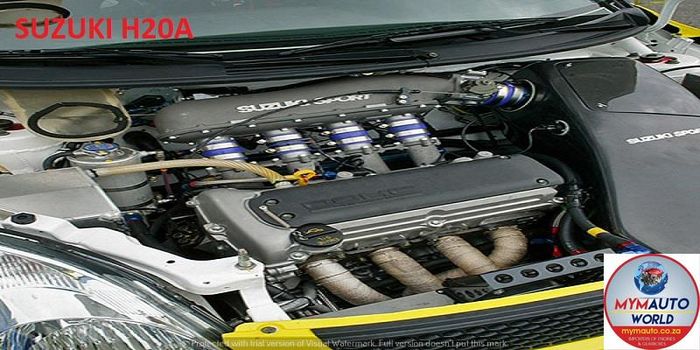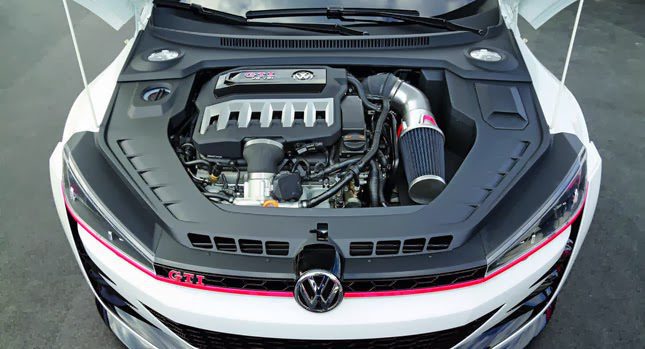Opel Corsa Engine: Performance and Integrity for Your Vehicle
Opel Corsa Engine: Performance and Integrity for Your Vehicle
Blog Article
Effective and reliable Small Car Electric Motor Performance Analysis
Evaluating the efficiency of tiny car motors is a nuanced task that needs an eager eye for information and a deep understanding of auto engineering principles. By analyzing crucial metrics such as horse power and torque, as well as reviewing gas efficiency, we can uncover insights into exactly how little cars and truck engines can be maximized for peak efficiency.

Small Automobile Electric Motor Efficiency Metrics
In analyzing the efficiency of small vehicle motors, crucial metrics such as velocity, gas performance, and power result play a crucial role in determining their overall effectiveness and suitability for different driving conditions. Acceleration, measured in seconds from 0 to 60 miles per hour, indicates how rapidly a little automobile can reach higher speeds, which is vital for merging onto highways or overtaking other cars. Fuel efficiency, typically measured in miles per gallon (MPG), reflects just how much a little automobile can travel on a gallon of fuel, impacting running prices and ecological sustainability. Power result, revealed in horsepower (HP) or kilowatts (kW), represents the engine's capability to generate the necessary pressure to thrust the lorry, affecting its performance in various roadway problems. By assessing these performance metrics adequately, makers, chauffeurs, and automobile fanatics can make enlightened decisions regarding the option and optimization of little vehicle motors to satisfy their certain demands and choices.

Horse Power and Torque Analysis
With a basic function in recognizing small auto motor torque, horse power and performance evaluation gives insight into the engine's power distribution qualities. Horse power is a dimension of the engine's ability to do persuade time, standing for the price at which work is done. In the context of little auto motors, horsepower is vital for determining acceleration, full throttle, and total performance. Torque, on the other hand, determines the engine's rotational pressure, showing its ability to conquer resistance. Little auto engines with higher torque values usually really feel extra receptive and provide better acceleration, making them suitable for city driving and surpassing maneuvers. When analyzing horsepower and torque in little cars and truck electric motors, it is vital to consider how these metrics communicate to deliver a effective and balanced driving experience. By comprehending the connection in between horse power and torque, vehicle designers can enhance engine performance to satisfy the particular requirements of little automobile applications.
Gas Effectiveness Evaluation
The examination of fuel performance in tiny cars and truck motors plays an important duty in determining their ecological and economic effect. In little auto motors, where small dimension usually correlates with better fuel economic climate, numerous factors influence efficiency.
Small car electric motors that attain greater MPG scores are thought about much more fuel-efficient, resulting in cost savings for drivers and lowered exhausts that profit the atmosphere. Makers constantly aim to improve gas performance via improvements in engine innovation, lightweight products, and wind resistant designs.

Enhancing Small Vehicle Engine Performance
Enhancing the effectiveness of tiny cars and truck engines is paramount in making best use of performance and lessening functional costs. Maximizing small cars and truck engine efficiency involves an all natural approach that takes into consideration various aspects such as engine layout, fuel administration systems, and general lorry dynamics.
One more crucial consider maximizing small Visit This Link car engine read this post here efficiency is the use of sophisticated technologies such as turbocharging or crossbreed systems. These innovations can improve power result without jeopardizing fuel performance, offering an equilibrium between performance and economic situation. Maximizing engine performance additionally involves boosting combustion performance, decreasing frictional losses, and boosting thermal administration systems.
Future Trends in Small Vehicle Motors
Taking into account advancing vehicle innovations and the constant search of ideal little car engine performance, an exploration of future patterns in small automobile motors comes to be crucial - opel corsa engine. One prominent trend imminent is the increasing integration of electric powertrains in little cars. As the automobile market changes in the direction of sustainability and reduced emissions, more tiny vehicle producers are buying electrical motor modern technology to boost efficiency and environmental friendliness
One more considerable pattern is the development of smaller sized yet extra effective turbocharged engines for tiny cars. By downsizing engine capacities and incorporating turbocharging innovation, automakers can achieve higher power outputs while maintaining fuel efficiency. This trend aligns with the expanding customer need for little cars and trucks that supply a vibrant driving experience without jeopardizing on fuel economic climate.
Furthermore, the development of best site hybrid powertrains in tiny autos is anticipated to obtain grip in the future. Hybrid systems offer the benefits of both inner burning engines and electric motors, providing improved efficiency and gas effectiveness. As developments in battery technology proceed, little automobile motors are most likely to come to be much more powerful and efficient, providing to the progressing needs of customers and regulative requirements for cleaner transport options.
Conclusion
To conclude, the evaluation of small auto electric motor performance metrics such as torque, horse power, and fuel performance is necessary in optimizing engine efficiency. By assessing these variables, makers can improve the general efficiency and power outcome of tiny automobile motors (opel corsa engine). Future patterns in tiny automobile electric motors are likely to concentrate on enhancing performance while keeping fuel effectiveness, ensuring that little cars remain to be a reliable and cost-effective option for customers
By examining crucial metrics such as horse power and torque, as well as evaluating fuel performance, we can reveal insights into exactly how tiny vehicle engines can be enhanced for peak efficiency. Optimizing small automobile engine efficiency entails a holistic method that takes into consideration various factors such as engine style, fuel monitoring systems, and total car dynamics.In light of progressing auto technologies and the continuous quest of ideal little auto engine efficiency, an expedition of future fads in tiny car motors becomes necessary.In verdict, the evaluation of tiny auto electric motor efficiency metrics such as horse power, torque, and gas performance is crucial in maximizing engine efficiency. Future trends in tiny auto electric motors are most likely to concentrate on improving performance while maintaining gas performance, making sure that tiny cars and trucks continue to be a reputable and economical choice for customers.
Report this page